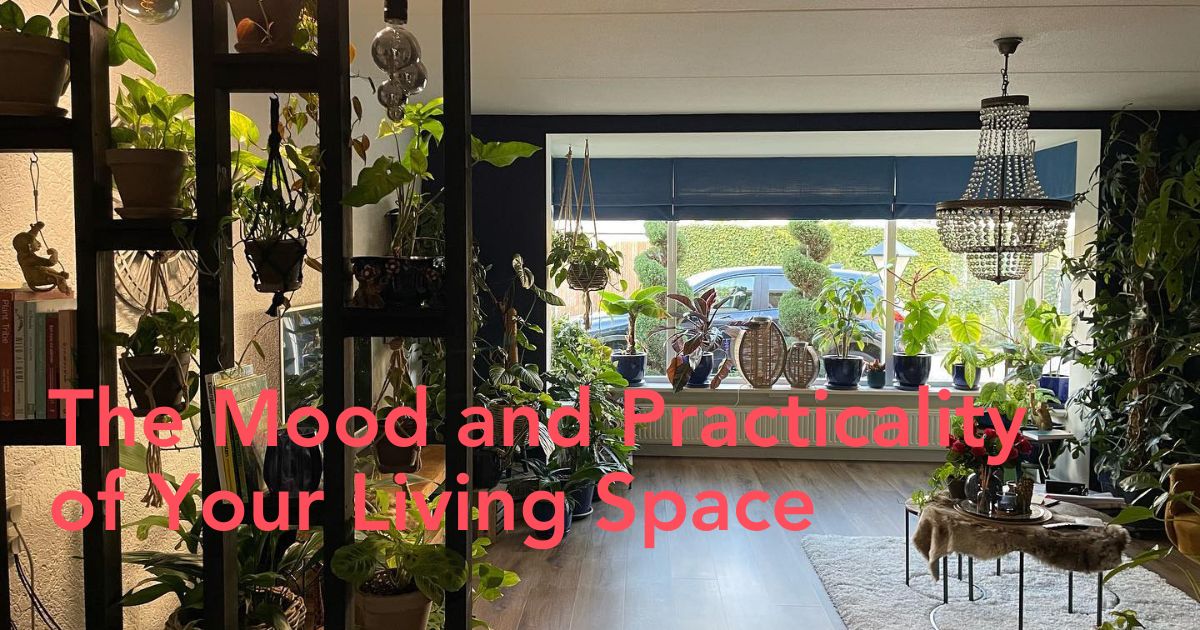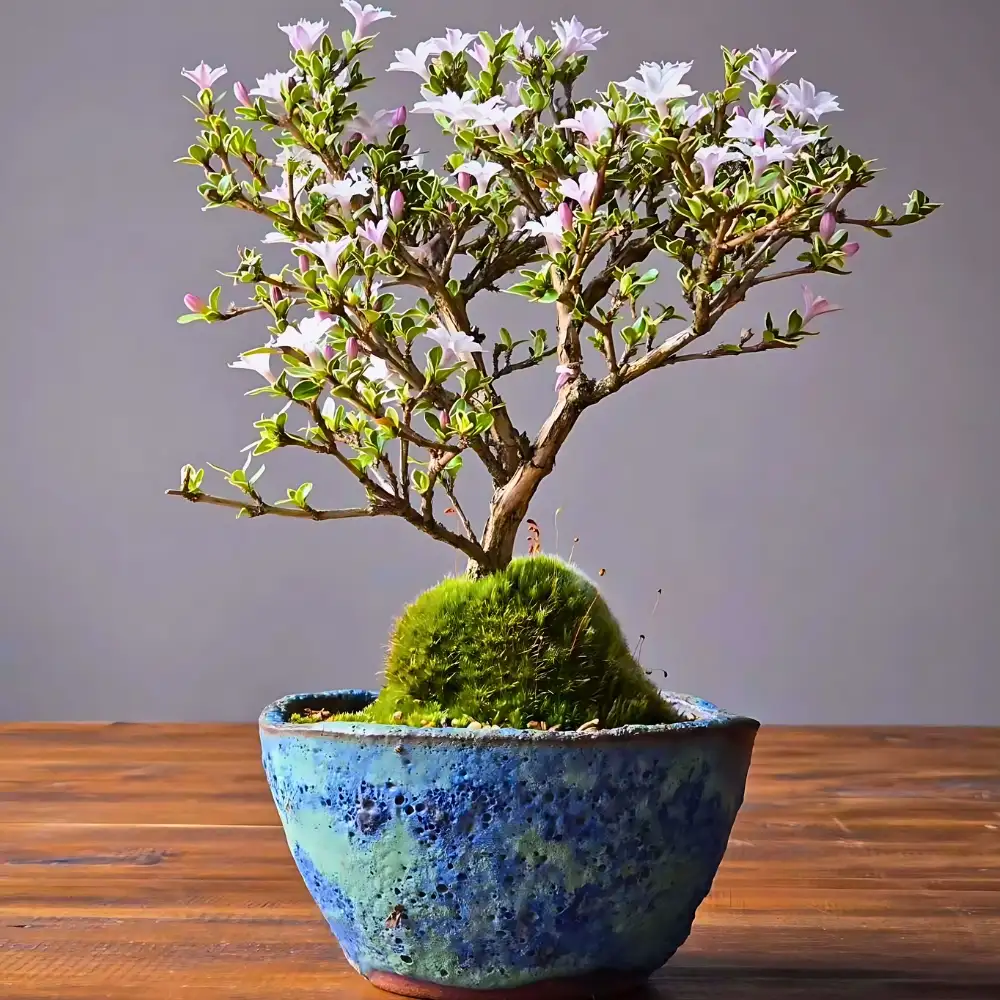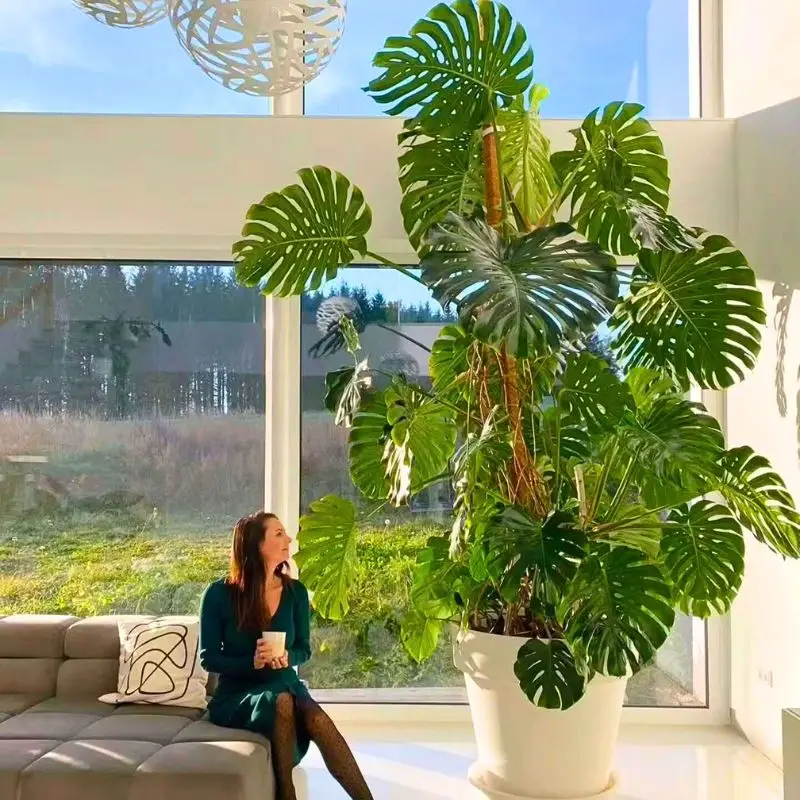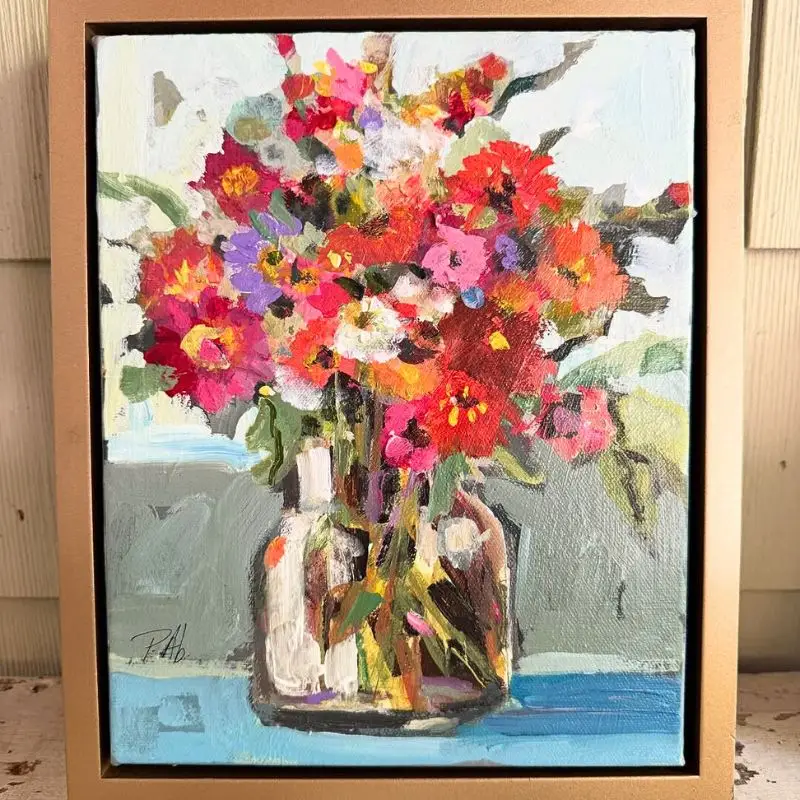Modern homes often revolve around the living room — a central hub where family members gather, entertain guests, and unwind after a difficult day. The design of this space requires special attention, as this is where most home life takes place.
Current trends in living room design focus on functionality, comfort, and aesthetics, striking a perfect balance between style and practicality. Selecting the right furnishings significantly influences both the mood and practicality of your living space. Read more about 10 Best Living Room Plants to Green Up Your Space
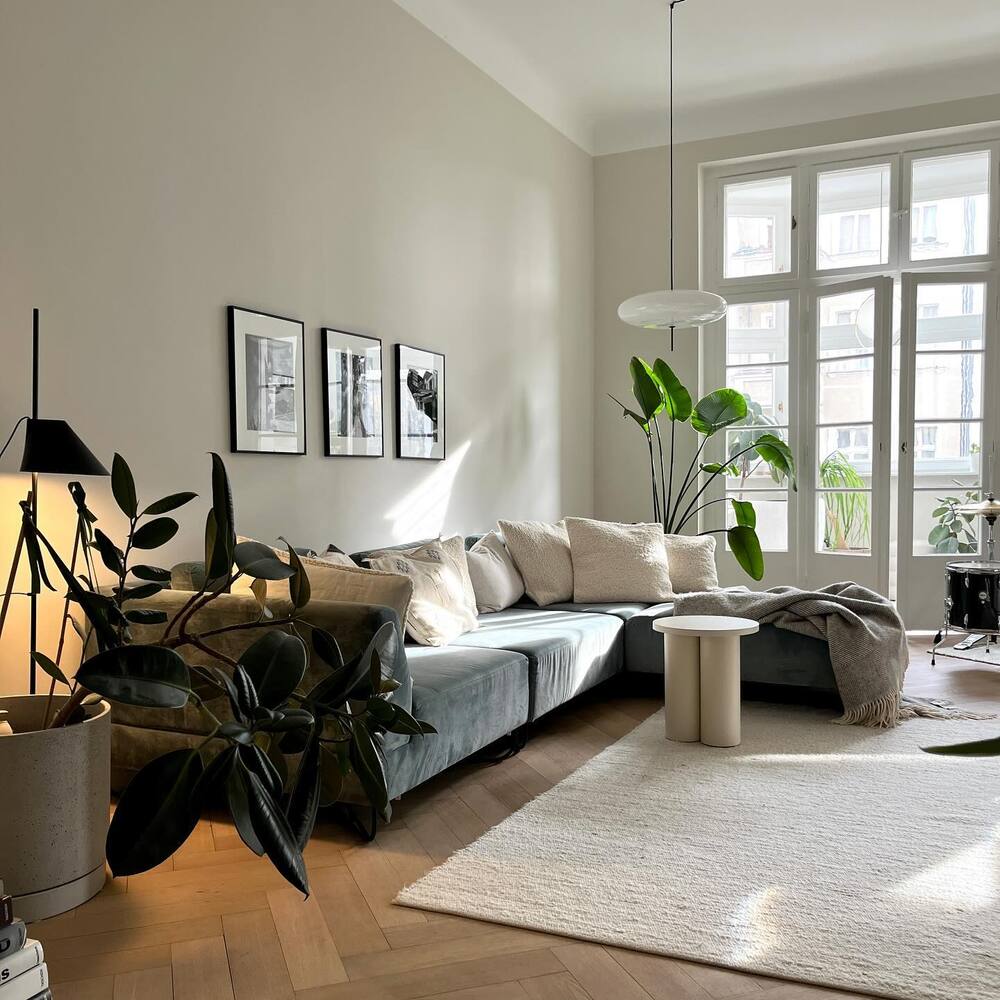
Key Elements of Modern Living Room Furniture
Modern living room furniture adheres to several key principles that shape its character and relevance. Minimalism and functionality are at the top of the agenda — items that look stylish and effectively serve their purpose are valued today.
Key characteristics include:
- Streamlined contours and forms — devoid of superfluous ornamental features.
- Multifunctionality — items serving multiple purposes.
- Modularity — the ability to transform and adapt to different needs.
- Ergonomics — prioritizing comfort in use.
Materials determine the quality and aesthetics of furniture. Natural wood is popular thanks to its warmth and environmental friendliness. Metal elements add a modern touch and durability to the design.
According to Elle Decor experts, sustainable materials like recycled wood, bamboo, and metals will trend in 2025. This reflects the growing interest in sustainable interior design.
The color palette of on-trend furniture gravitates towards earthy tones — warm browns, deep greens, and soft beiges. Such colors create a soothing atmosphere and harmoniously combine with different styles. At the same time, designers often recommend adding bright accents to create dynamics in the space.
The Main Pieces of Furniture and Their Role
Your selection of furnishings profoundly shapes how the living area looks and functions. Each item fulfills its unique role in creating a harmonious and comfortable space. Let's consider the main elements of a functional living room and their importance in the overall interior design.

Sofas and Armchairs: A Balance of Comfort and Style
In every living space, the couch stands as the fundamental anchor piece. Current trends favor modular and multifunctional models that adapt easily to different needs.
According to Decorilla, sofas with smooth, curved shapes will become especially popular in 2025, softening visual perception and creating a cozier atmosphere.
When choosing a sofa, pay attention to:
- Size and proportions relative to the room.
- Quality of upholstery and filling.
- Functionality (transformability).
- Compliance with the general style of the interior.
Armchairs complement the sofa and provide additional seating. Choose models that match the sofa in style, but can also act as independent accent elements.
Coffee Tables: Functionality and Design
Designer coffee tables go beyond basic function, becoming art objects that transform a space. Current trends favor models made of natural stone, glass, or wood with unusual shapes. Coffee tables with additional shelves or storage compartments add practicality.
Coffee table design trends include:
- Geometric and asymmetrical shapes.
- Fusions of contrasting substances (timber paired with crystal, stone alongside metalwork).
- Multi-level designs.
- Mobility (availability of wheels for easy movement).
When choosing a coffee table, consider both aesthetics and practicality, such as optimal height, ease of use, and harmony with your living room's style.
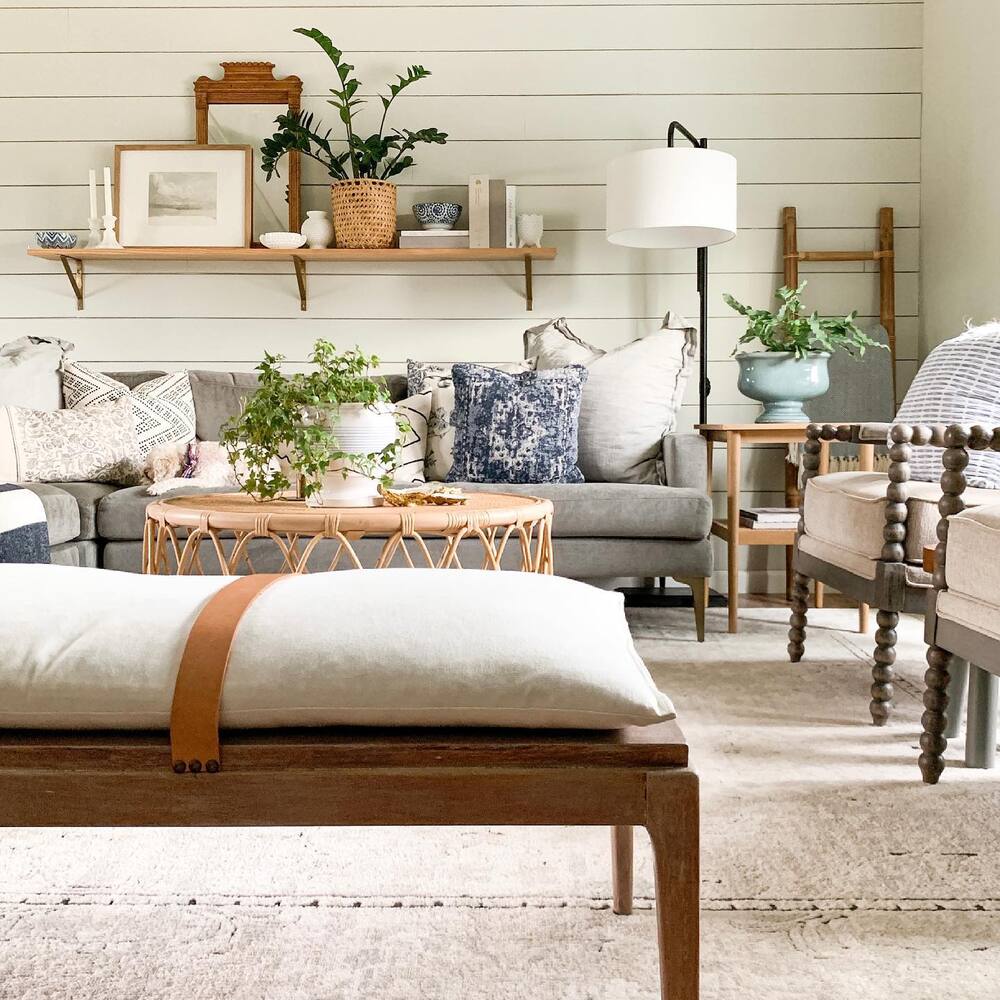
Storage Systems: Aesthetics Meets Practicality
A practical living room requires thoughtful storage solutions. Contemporary storage solutions, such as sleek shelving, wall-mounted displays, and versatile drawer systems, maintain organization while highlighting decorative treasures. Integrated storage systems combine functionality and aesthetics without cluttering the space.
Accent Furniture: Character and Personality
Accent furniture adds character and individuality to the living room. An unusually shaped armchair, designer table, or original console can become the focal point of your interior. According to Decorilla, objects with sculptural forms that resemble works of art will dominate in 2025.
Tips for Space Planning
A proper layout affects the comfort and functionality of a living room. Start by analyzing the room and highlighting the main zones. A rational approach to organizing space involves creating clear functional zones — for rest, communication, entertainment, or work.
Key principles of effective layout:
- Prioritize your use — what you mainly do in the living room.
- Take into account the flow of traffic — provide convenient passageways between zones.
- Observe proportions — furniture should be appropriate to the size of the room.
- Create visual balance — distribute objects evenly in the space.
- Use multifunctional solutions — essential for small rooms.
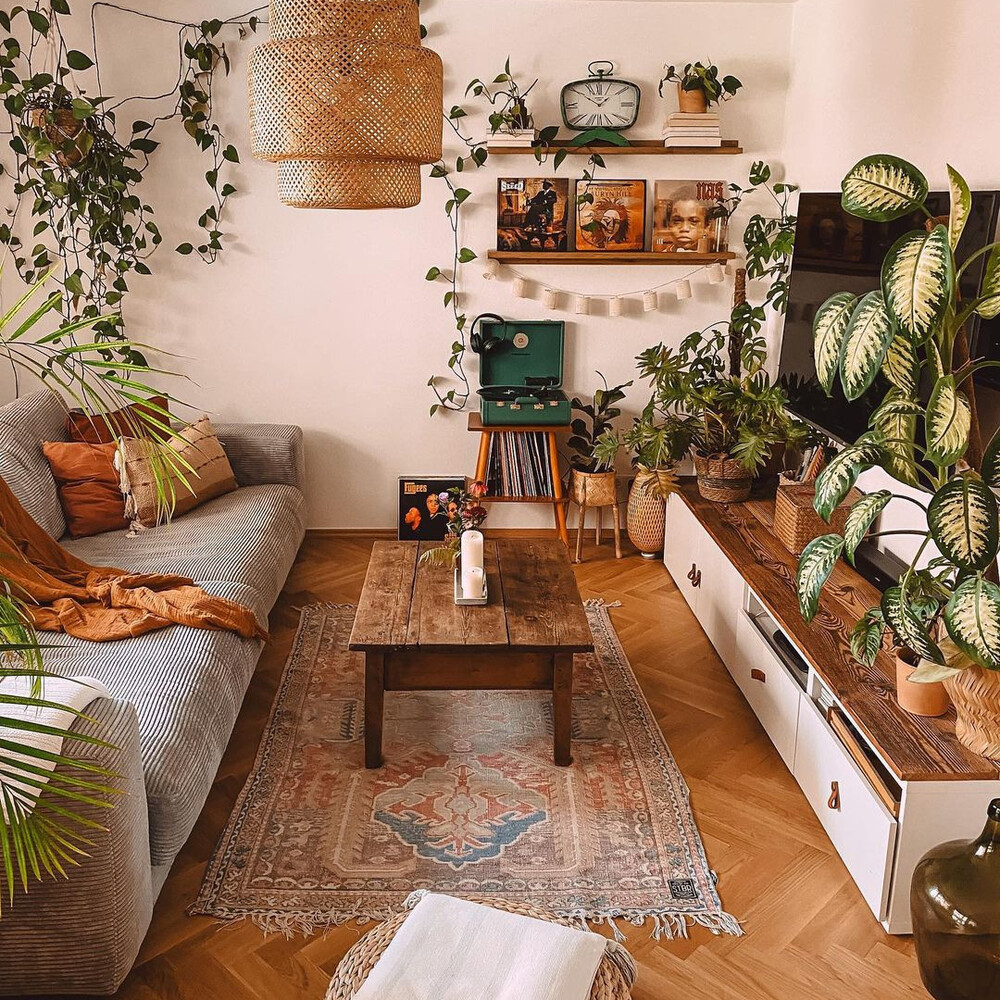
We recommend positioning furniture based on the room's characteristics and traffic flow. Sofas are typically placed opposite focal points, such as TVs or fireplaces. You can also leave enough space for free movement. Select furniture with clean lines for small spaces and use compact pieces to maintain a spacious feel.
Creating focal points helps structure the space and sets the tone for the entire interior. This can be a fireplace, a television, artwork, or a piece of unusual furniture. Arrange the remaining furniture to emphasize this focal point and create a harmonious composition.
Design Principles
Creating an aesthetically pleasing living room is a creative process that requires attention to detail and an understanding of key design principles. Choose furniture that combines functionality, comfort, and aesthetic appeal, and experiment with different elements while maintaining the interior's integrity and harmony.
Above all else, your primary objective should be crafting an environment where both you and your family members experience genuine comfort and warmth. The living room becomes an extension of your personality and reflects your attitude to life, so approach its design consciously and with love.

